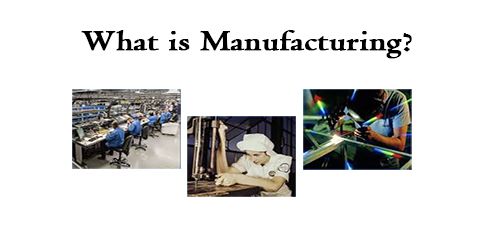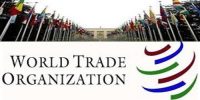Manufacturing is a product made by hand or by a machine which is a business sale to a customer upon completion. These include all food, chemicals, textiles, machines, and equipment. It includes all the refined metals and minerals dispersed from the extracted ores. These include all wood, wood and decoration products. These finished products can be sold to other manufacturers for the production of other more complex products (such as aircraft, home appliances, furniture, sports equipment or automobiles) or distributed to users and consumers through the third industry (usually through wholesalers, those who finish). May sell around to retailers, who sell to their individual customers That person).
Manufacturing is a value-added process that allows businesses to sell finished products at a price higher than the value of used raw materials. The manufacturing process begins with the product design and the specification of the material from which the product is made. The industrial process used to turn raw materials into products in high-quality products originated during the industrial revolution of the 19th century. Modern manufacturing encompasses all the intermediate processes required for the production and integration of the components of a product. Ford Motor Company popularized the use of a wide range of manufacturing techniques in the early 20th century.
Types of Manufacturing Production
In order to operate as a business, it is necessary to cover the cost of the manufacturer, meet the demand and create a product to supply the market. A factory operates one of three types of manufacturing production:
- Make-To-Stock (MTS): A factory produces products in-stock stores and showrooms. The drawback of this strategy is that it uses past data to predict future demand, which increases the probability of the forecast closing, leaving the producer with too much or not enough stock. If they produce too much, then they have to sell surpluses at a loss and produce too little they may miss the market and not sell enough to cut costs.
- Make-To-Order (MTO): Make-to-order (MTO) allows customers to order customized and manufactured products for their specifications. The customer waiting time is longer and the manufacturer needs continuous orders to keep production in the factory.
- Make-To-Assemble (MTA): The factory manufactures component parts in anticipation of assembly orders. It is a hybrid of the MTS and MTO approaches. Customers can customize the products and receive them quickly because the manufacturer has the basic ingredients ready, but if the orders do not arrive, the manufacturer is stuck with the stock of unwanted parts.
The three types of manufacturing businesses involve certain risks. The manufacturing sector is closely linked to engineering and industrial design. Keeping production costs to a minimum, good quality control, and best sales management is key to reducing any kind of production risk.












